How does fast charging work?
In a nutshell, these brands and their respective proprietary charging technology just increases the current sent to the battery to fill up its capacity quicker.

The fundamental components concerned with powering your smartphone are the battery, power adapter, charging cable and the charge controller – the chip responsible for regulating the flow of power in and out of the battery. The premise of fast charging a smartphone (or tablet or laptop) hinges on the rate of power flow possible versus the limitations of the components and the safety restrictions in place.
These are the best fast chargers for all types of devices.
Different standards facilitate different voltage (V), current (A) and wattage (W) values, which paired with the capacity of the battery they’re charging up, dictate the fast charging speeds that are possible.
Different charging protocol
- Oppo’s 5V/4A-Super VOOC Flash Charge produces 20W,
- Huawei's 10V/4A- Supercharge 2.0 produces 40w,
- Samsung's 9V/1.7A- Adaptive Fast Charging produces 15W,
- OnePlus’s 5V/4A- Fast Charge produces 20W,
- Power IQ, PumpExpress
Google’s Pixel series utilizes the official Power Delivery specification. Apple also implements the standard in the iPhone 8, iPhone X, and latest MacBooks. Many companies prefer their own proprietary charging standards.

Quick Charge
Quick Charge is an optional feature available with Qualcomm’s Snapdragon processors. So just because a phone has a Qualcomm chip doesn’t mean it is Quick Charge compatible.
In the smartphone ecosystem, many models use in-house technologies rather than the more ubiquitous standards above. However, only a few of these standards are truly proprietary. Many are just Power Delivery or Quick Charge repackaged under a different brand name or featuring some specific tweaks to the technology — Samsung’s Adaptive Charging and Motorola’s Turbo Charging technologies come to mind.
Find out more about the different fast charging protocols.
SuperCharge and VOOC
Others like Oppo’s VOOC and Huawei’s SuperCharge operate quite differently. These greatly increase the amount of current for high power charging rather than increasing the voltage. The charging speeds of these proprietary technologies have greatly increased over the years, with SuperCharge, Super VOCC, and OnePlus’ Dash charge being some of the fastest on the market.

Power Delivery
USB Power Delivery (USB-PD) is the official fast charging specification published by the USB-IF back in 2012. Just like all fast charging standards, USB-PD implements a data protocol to communicate between the charger and phone. This negotiates the maximum tolerable power delivery for both the charger and handset.
For laptops, the situation is a bit different. USB Power Delivery isn't so much fast charging as it is a standard that determines if an adapter or portable power bank is capable of charging a laptop or other high-powered device. With USB-C input/output ports becoming more prevalent, it's now possible for adapters and portable power banks to charge demanding devices that require an output of 18W or more. The Power Delivery spec allows a device to be charged at a maximum current of 5A or 100W. VOLTA Spark supports power delivery for Macbooks and Macbook Pros.
Meet the 5A Volta 2.0 Magnetic Cable; one cable multiple devices with a Lifetime Warranty
The VOLTA 2.0 magnetic cable is a singular charging system that will work with just about any device you own - and look great doing it. It's a sleek charge and sync cable that's a standard USB on one end, and an open magnet on the other. The Volta charger is designed for maximum safety and durability ensures fast charging and user safety! Learn more.
Most phones and other devices are capable of handling 5V/2.4A. For fast charging, you're looking at something that pumps the voltage up to 5V, 9V, 12V, and beyond, or increases amperage to 3A and above - luckily, the Volta 2.0 provides you with 5A of power and a lifetime guarantee!

Depending on the device you have, the fast charging standard you're able to use will vary; Check what your phone supports, then check the wall adapter to see if it supports the same standard (they're usually labelled). Then finally make sure your cable is compatible.
If you need to buy a new wall adapter, cable, or wireless charging pad, take note of what standard it supports. And if you're looking for a cable that can power multiple devices you are in luck. With the new Volta 2.0 5Amp magnetic cable you can't go wrong.
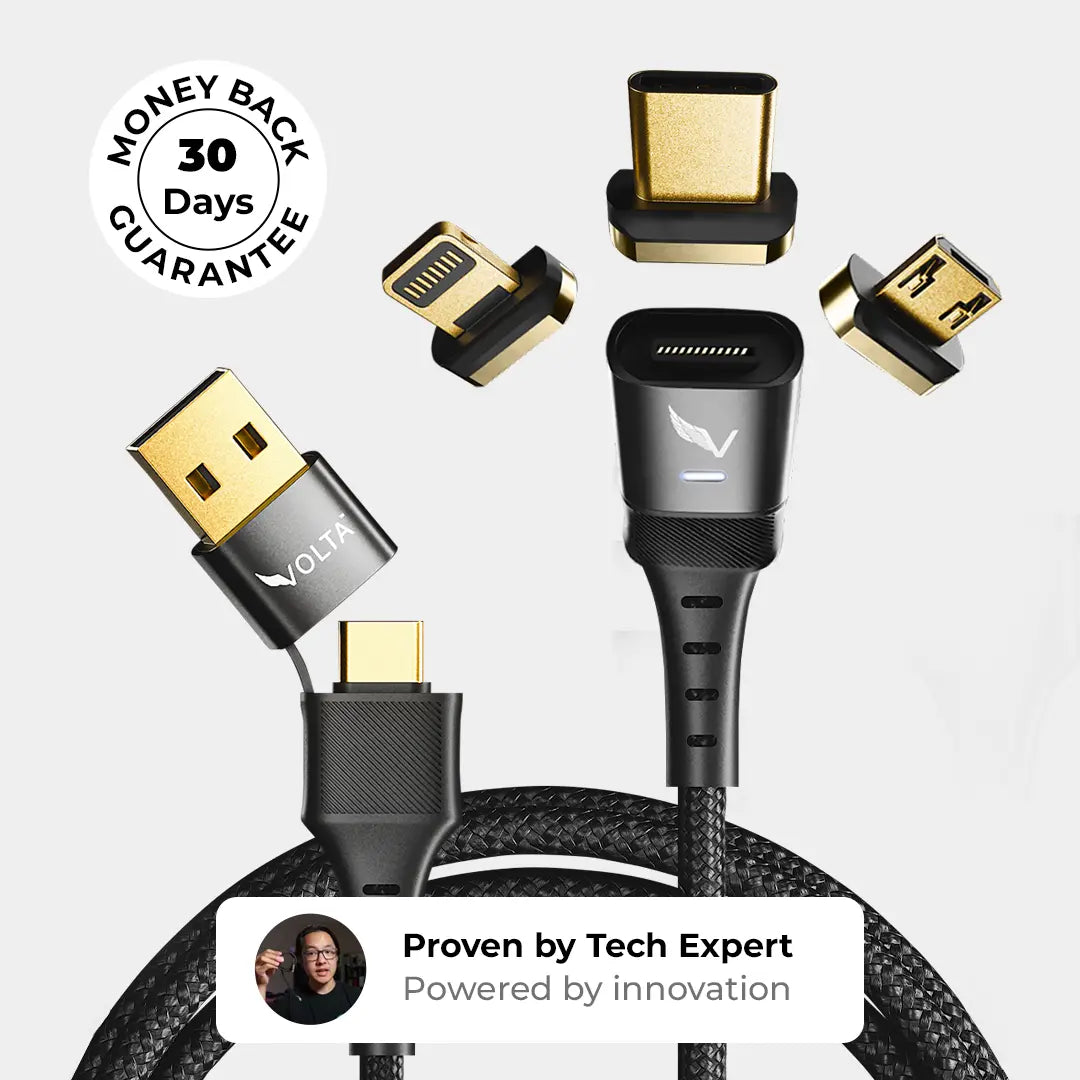
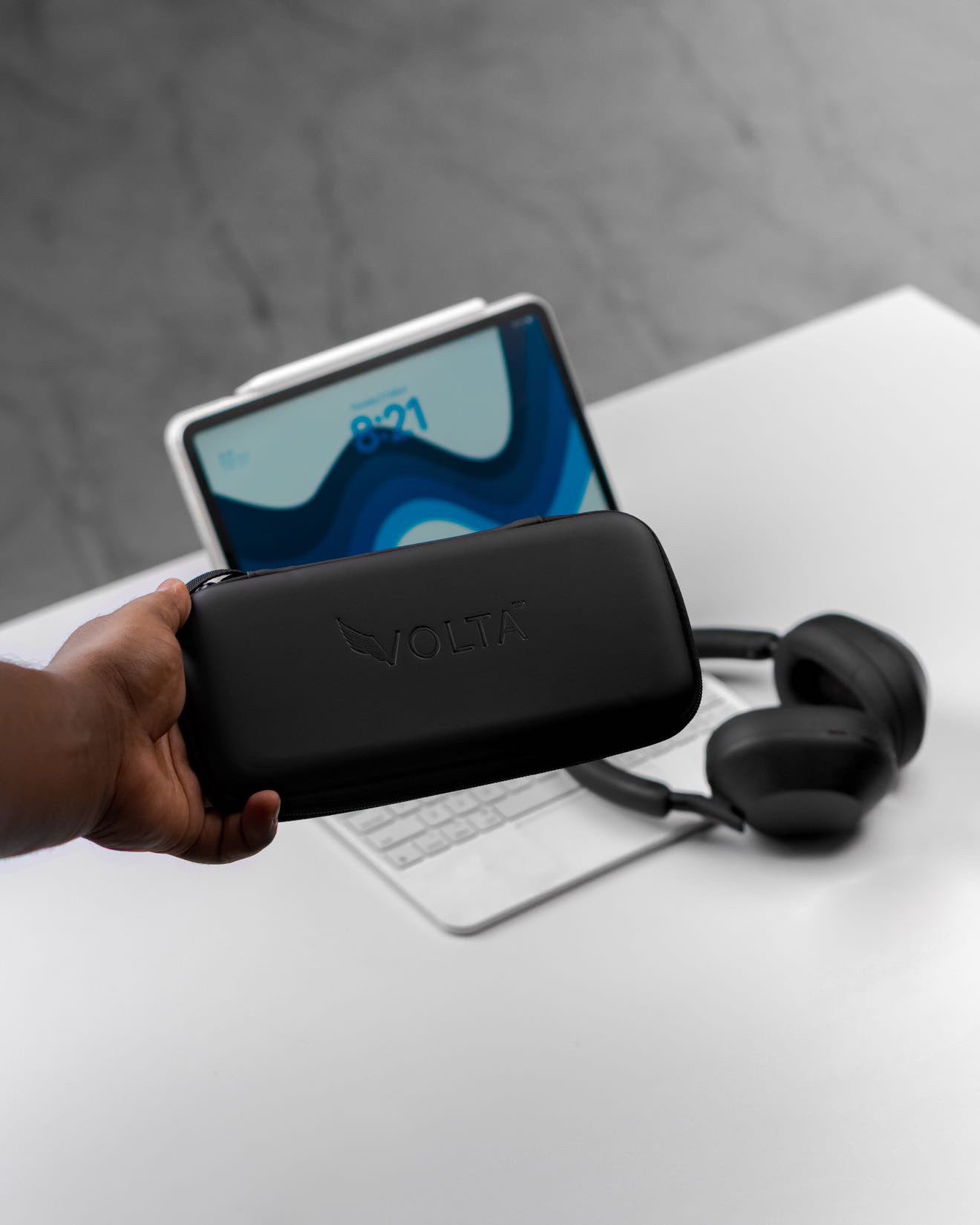
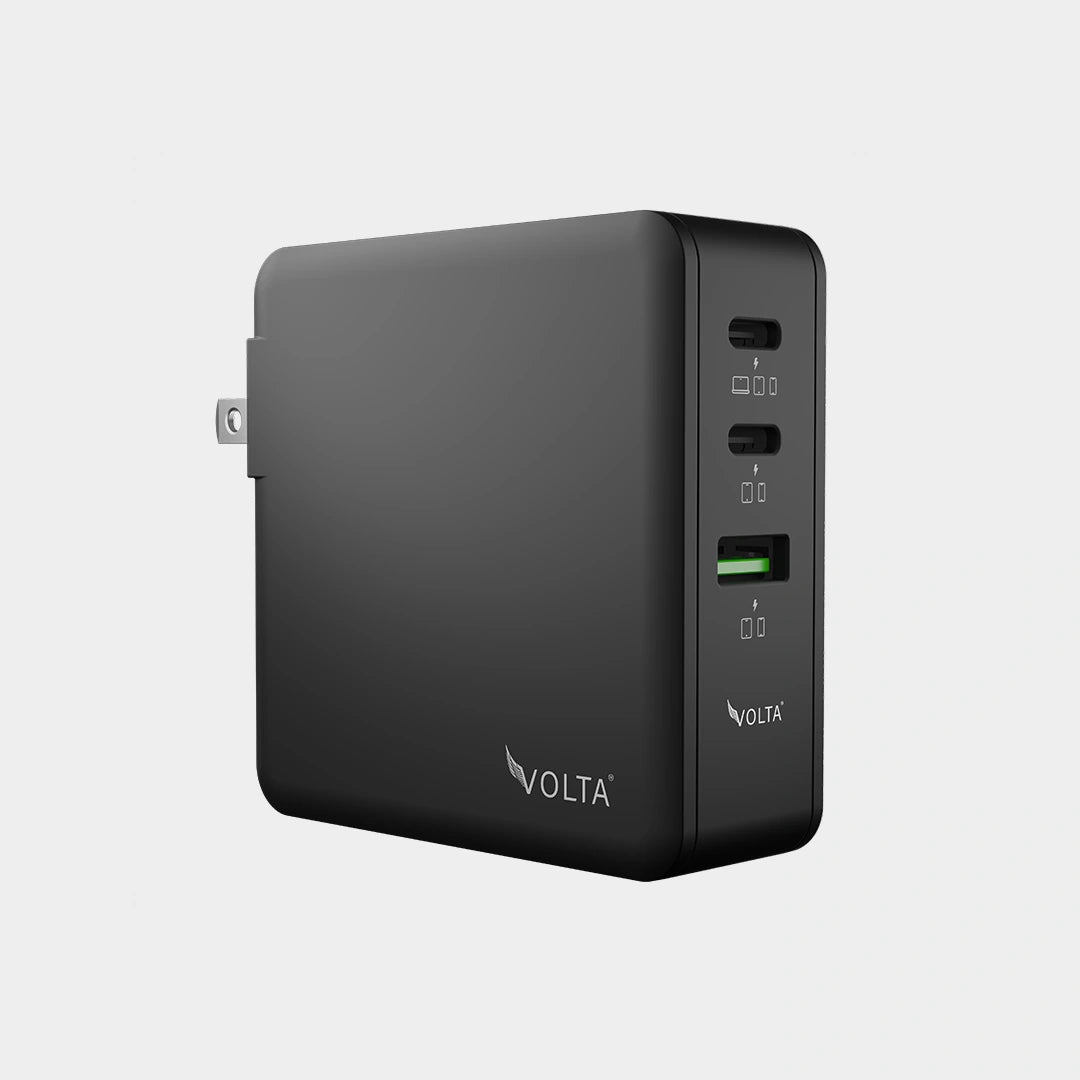
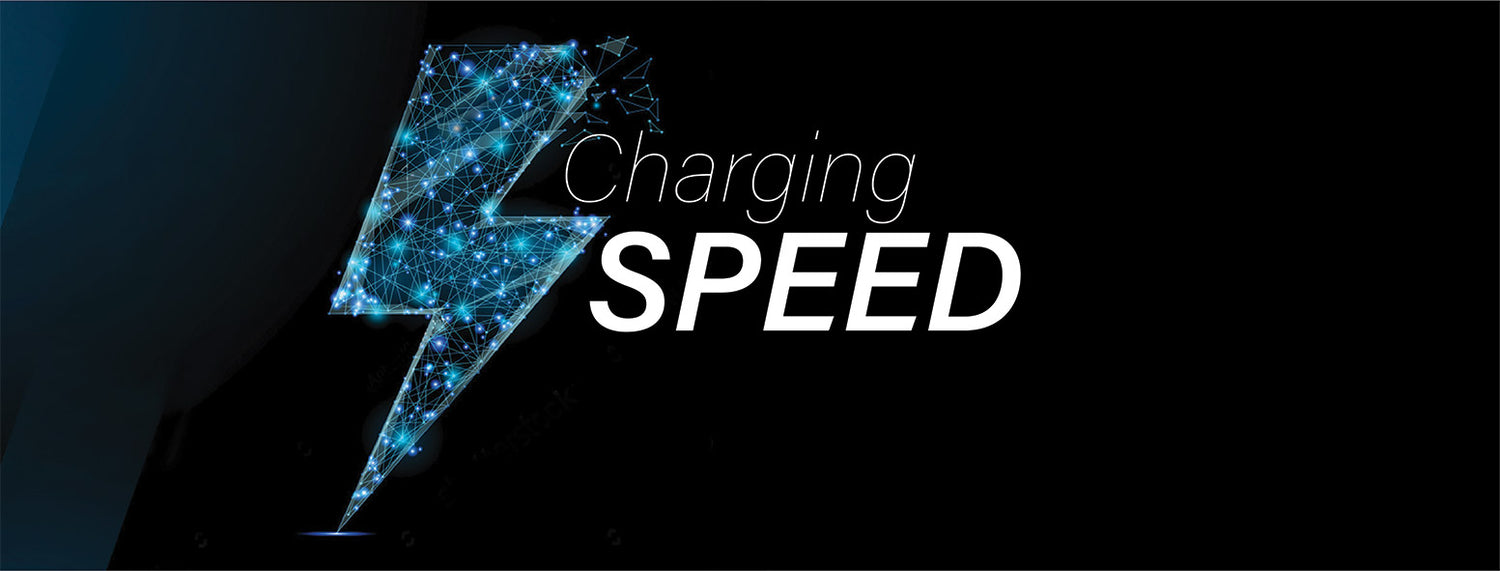
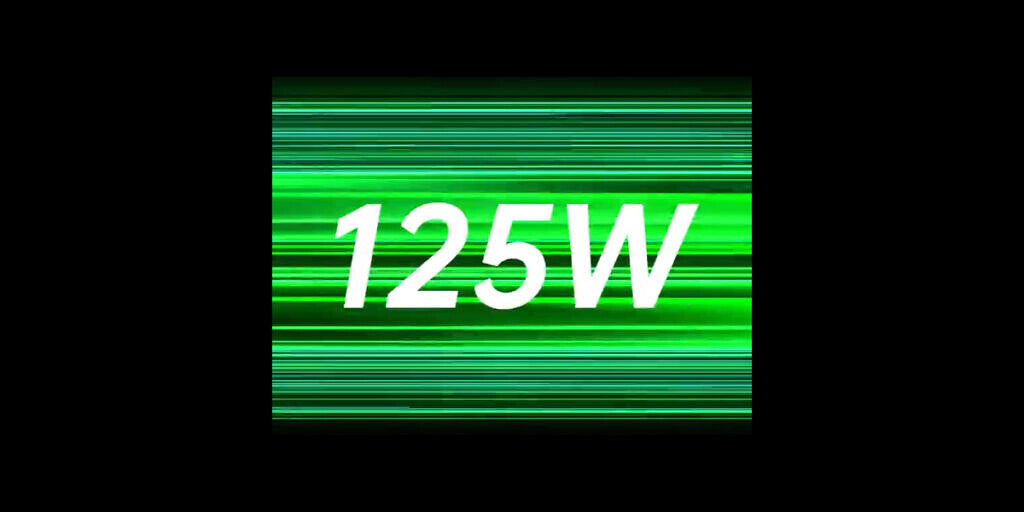
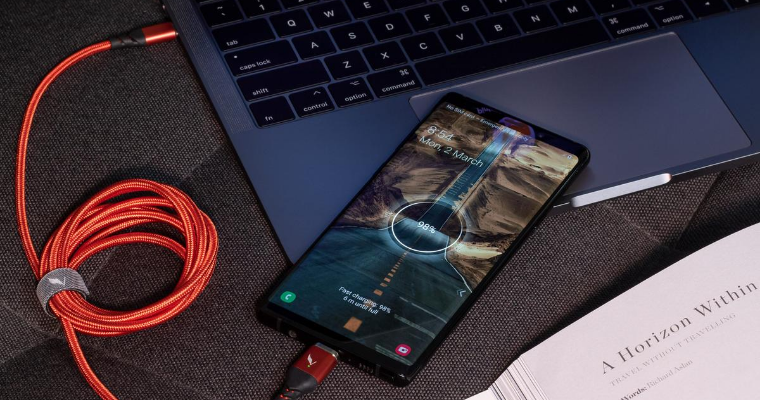
Leave a comment
This site is protected by hCaptcha and the hCaptcha Privacy Policy and Terms of Service apply.